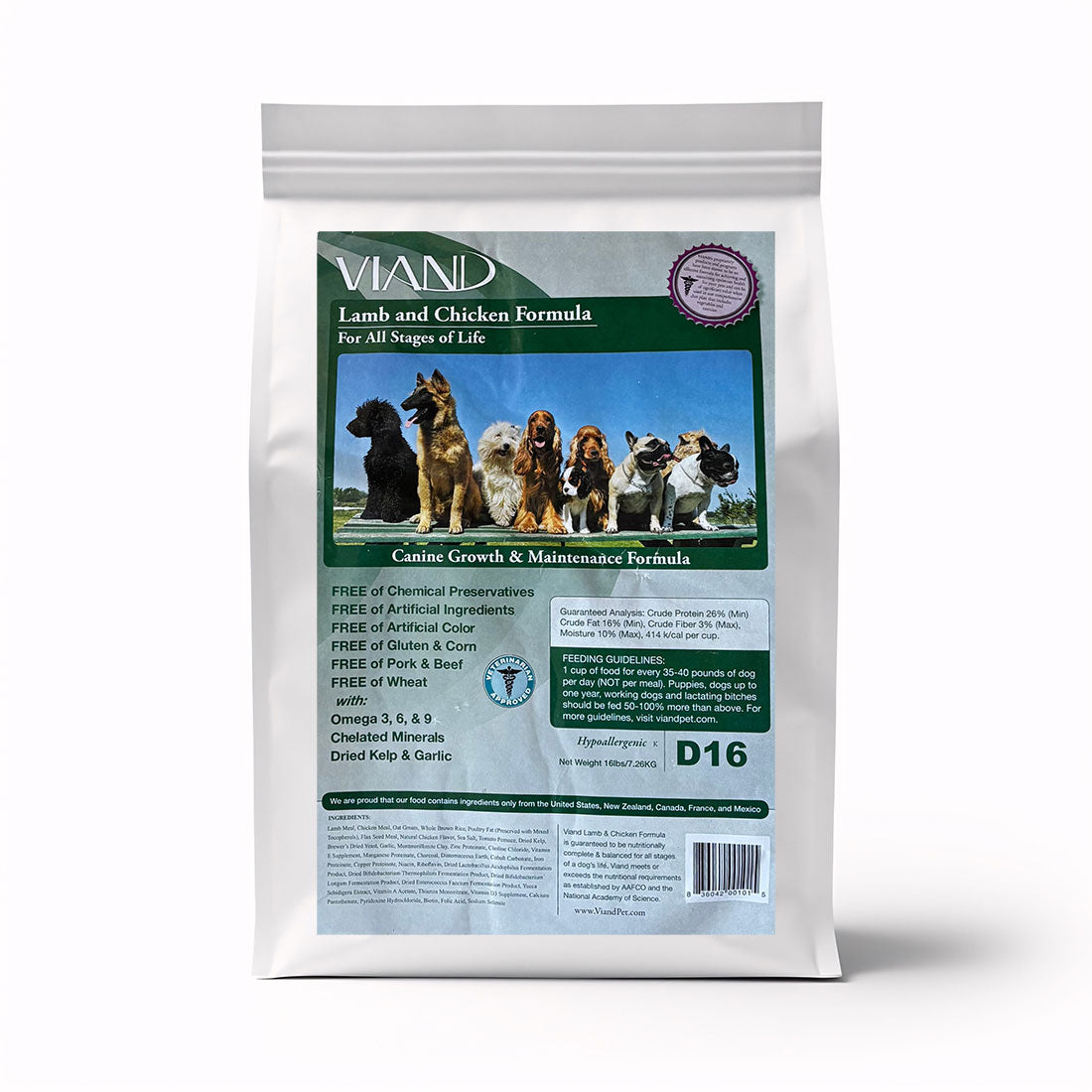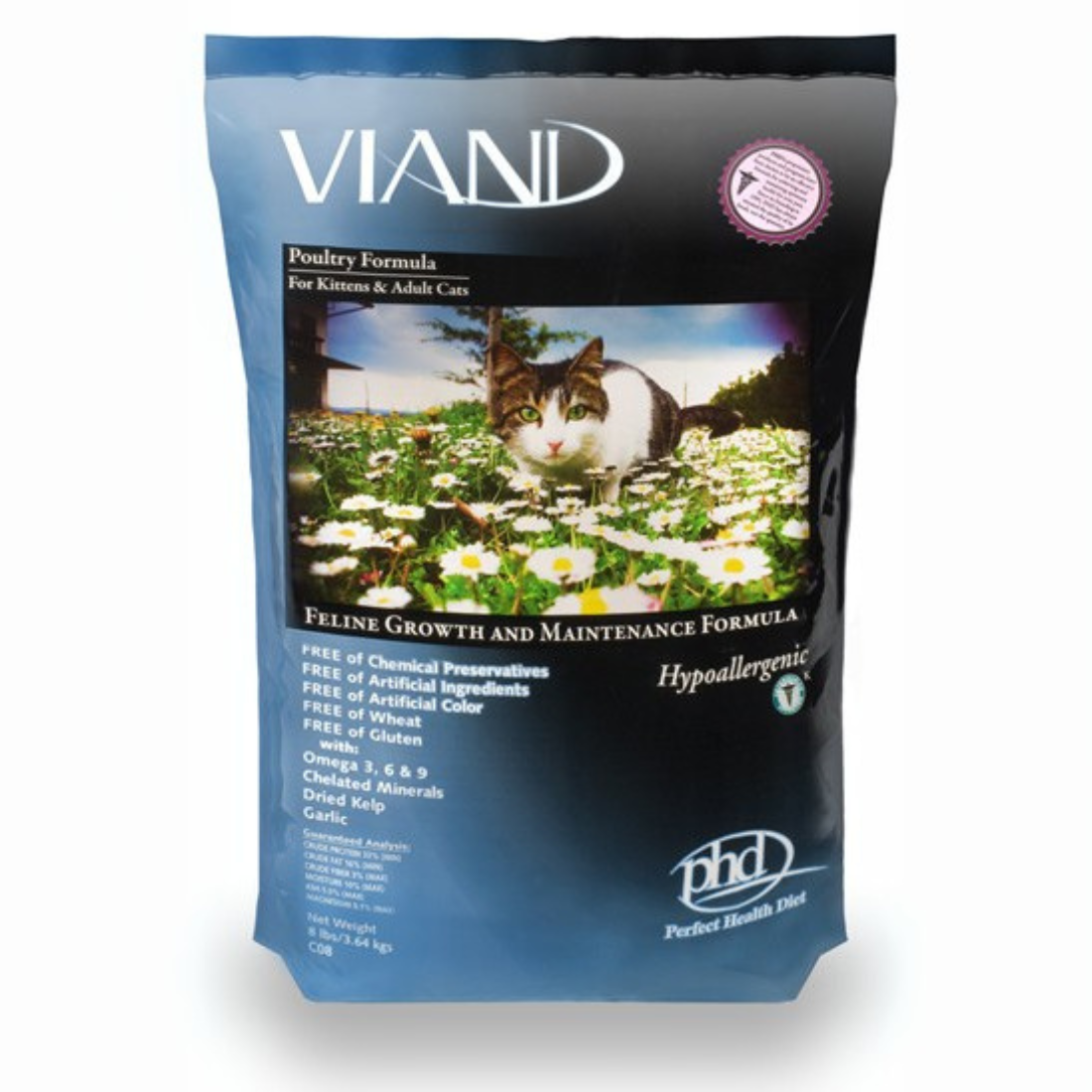

· By Scott Pollak
What to Do When Your Dog Gets Sprayed by a Skunk
A pet‑parent guide to safe cleanup and care
Even the most curious pup can have an unfortunate run-in with a skunk. While the smell is overwhelming, knowing how to respond—calmly and effectively—can make a huge difference in your pet’s comfort and safety. Here’s your step-by-step roadmap, Viand style, to handle a skunk encounter wisely and compassionately.
Step 1: Stay Calm and Assess the Situation
-
First, don’t panic. Your pet may be disoriented and stressed, but staying calm helps them remain calm too.
-
Determine if the spray is only on the fur—or if it got into the eyes, nose, or mouth. Eye or mouth exposure requires immediate veterinary care.
-
If there's visible redness, irritation, or signs of distress, call your vet right away.
Step 2: Setup a Safe Clean-Up Area
-
Keep your dog outside if possible. Skunk oils cling to fabric and can linger indoors.
-
Gather these essentials: rubber gloves, towels, a hose or bucket with clean water, and odor-neutralizing supplies.
-
Prepare the cleaning solution fresh (do not pre-mix or store it—you risk a chemical reaction).
Step 3: Deodorize with a Safe Formula
DIY formula:
-
1 quart (≈32 oz) of 3% hydrogen peroxide
-
¼ cup baking soda
-
1–2 teaspoons gentle dish soap (like Dawn)
Gently lather the solution into the fur, avoiding eyes, mouth, ears. Let sit ~5 minutes, then rinse thoroughly.
Important: Do not leave the solution on too long—hydrogen peroxide can bleach dark coats. Don’t use near face—rinse manually instead.
Step 4: Shampoo & Final Rinse
-
After rinsing the DIY mixture away, follow with a regular pet shampoo to cleanse remaining oils and odor.
-
Rinse thoroughly and dry your dog in a warm, ventilated space.
Step 5: Monitor for Health Signs
Over the next 24–72 hours, watch for:
-
Lethargy or weakness
-
Poor appetite or vomiting
-
Swelling of eyes or excessive tearing
-
Discolored gums or unusual behavior (could signal anemia).
If any of these occur, contact your vet.
Why Not Tomato Juice or Vinegar?
-
Tomato juice may mask skunk odor briefly, but it doesn’t neutralize it—and it can stain fur.
-
Vinegar is similarly ineffective at breaking down the sulfur-based oils in skunk spray. Stick with peroxide, baking soda, and soap.
Step 6: Clean Yourself, Your Clothes & Surroundings
Skunk oils cling to fabric easily. Wash contaminated towels, clothing, bedding using hot water and a strong detergent—add ½ cup baking soda if safe for fabrics. Dry naturally.
Step 7: Prevent Future Skunk Encounters
-
Walk dogs on leash, especially around dusk and dawn when skunks are most active.
-
Make your yard less appealing: secure trash bins, remove pet food and bird seed, seal potential denning spaces like wood piles or under porches.
Final Thought
Yes—it’s a smelly situation, but with this care-first approach, most pets recover quickly. Rinse thoroughly. Monitor closely. And for tough cases, ask your vet about a commercial de-skunking shampoo to save your fur and furniture.
At Viand, we believe true wellness comes from loving awareness—not just what’s in the bowl, but how we respond when our pets need us most.



